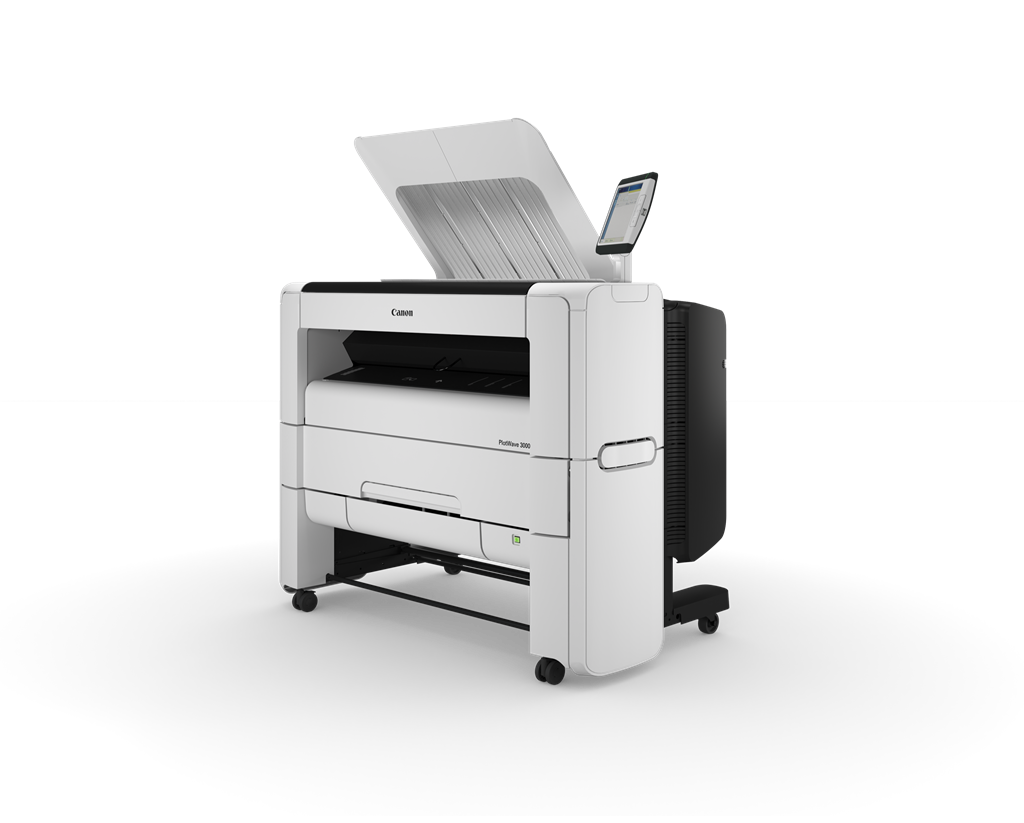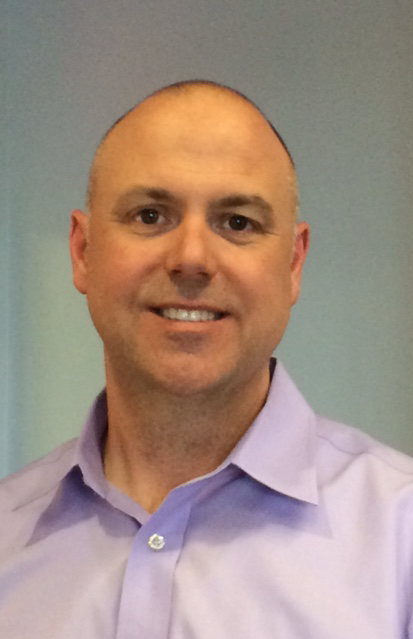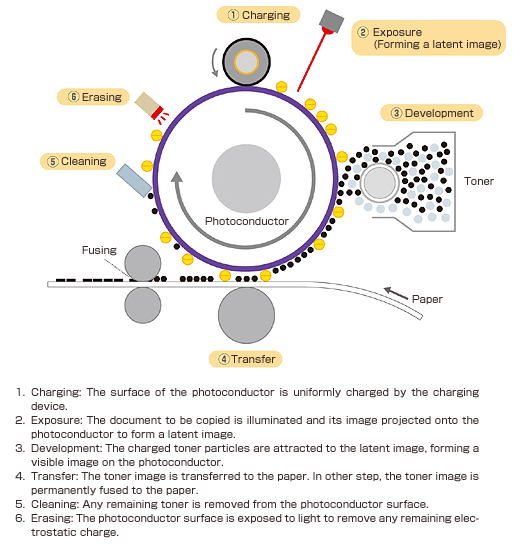For many CAD users, toner-based, large format, LED plotters are just plain magical. You simply click print and a sheet comes out.
There’s often not much thought about what is going on "under the hood" or the science behind the process. But, the truth is, there is a lot going on there - exposure, charging, transfer, etc.
The final part of this multi-part sequence is called "fusing." In layman's terms this is where heat is applied to the powder toner to permanently adhere it to the paper. There are a couple of different ways to achieve this, either through a pressure fusion process or radiant fusion one.

Pressure fusion is be far the most prevalent and is therefore considered "conventional technology", but there are many reasons why Canon's Radiant Fusion Technology is better and something you should seriously consider.
If your large-format printer uses toner, then it operates using the photoelectric process. The term electrophotography literally means “to write with light using electricity.”
How the electrophotographic process works
As mentioned earlier, there are two different ways that the toner can be “fused” or permanently set on the paper.
- Pressure Fusion
- Relies on large heated rollers to "iron" the toner onto the paper
- Using many mechanical parts to function
- It requires a lot of energy
- It produces a lot of heat
- Radiant Fusion – exclusive to Océ wide-format printers
- Heat is generated from a heating array that is only energized when needed
- Many fewer moving mechanical parts as compared to conventional fusion
- Uses less energy
- It runs much cooler than pressure fusion
The radiant fusion process has other, less known, distinct advantages over pressure fusion. With radiant fusion, toner is fused to the media by heat rising through the media from a grid of wires. The toner melts and is fused to the media without distorting the image.
Problems with the older pressure fusion process
- Uses hot-pressure rollers to fuse the image to the media. This can lead to distortions in the printed image. Also, residual toner can build up on the rollers and leave unwanted marks on the printed pages. Though there are exceptions, this usually requires a service call so that a technician can disassemble and clean the fuser unit.
- May leave a silicone residue on the print, increasing the likelihood of toner transfer if prints are stacked and folded. In other words, slick paper can result in some of the printing infomation flaking off. This can be highly problematic if you take plans to the field in hot environments.
Why radiant fusion is better
- The media traveling through the fuser never makes contact with pressure rollers. This essentially makes it impossible for any residual toner to transfer onto the prints.
- Prevents resolution loss, dot size degradation, and line fuzziness as the toner is melted precisely as it is placed on the media.
- Radiant fusion machines operate at a lower temperature – the fusing section heats and cools quickly.
- Equipment is more energy efficient – once printing is completed, the printer goes into stand-by mode, drawing a minimum amount of power.
Key Takeaways – Why radiant fusion is better than pressure fusion
- Less energy use – leads to significant cost savings over the machine's life.
- More excellent long-term reliability – radiant fusion machines generate less internal heat and have fewer consumable parts (no fusers or fuser oil).
- Perfect for a workgroup environment – produce less heat, noise, and ozone that pressure fusion devices
See the Canon CAD plotter series that features Radiant Fusion Technology
Tags:
Wide format plotters
August 2, 2016


Comments